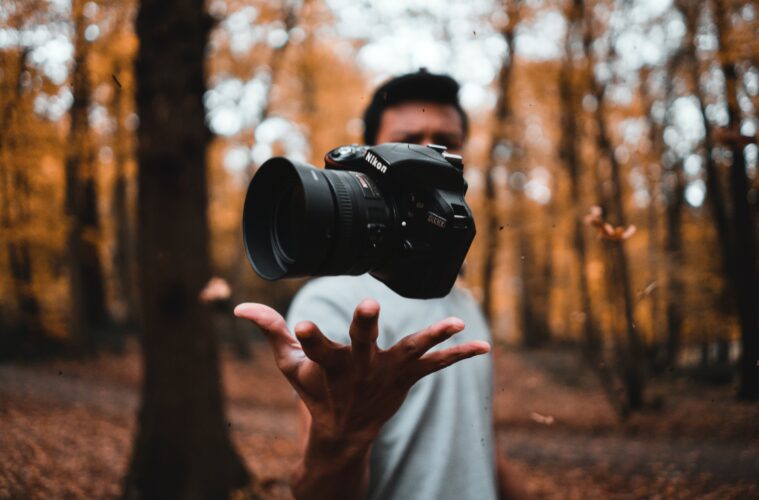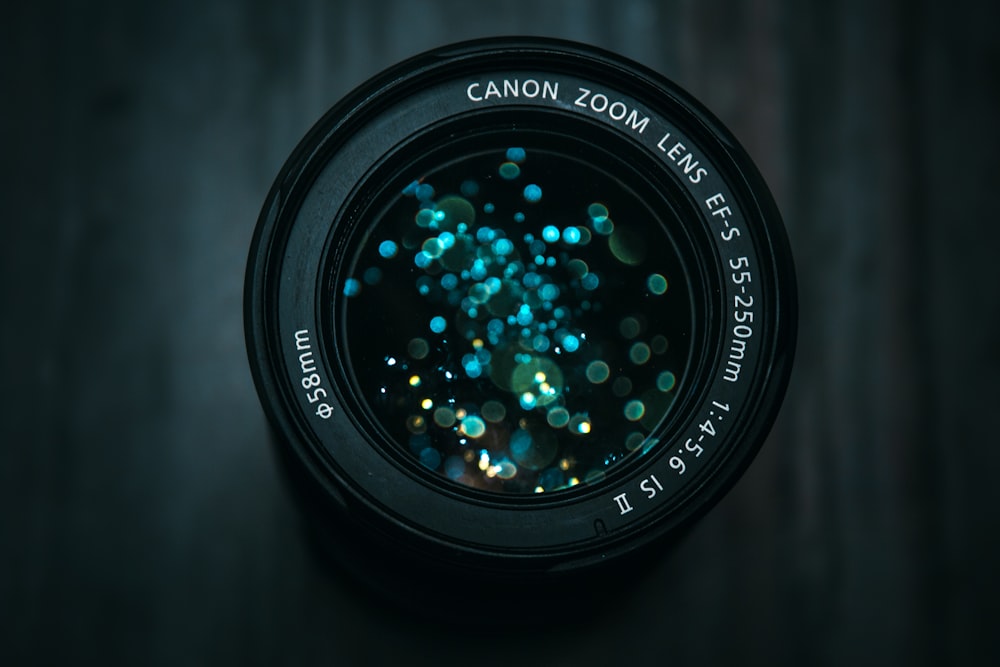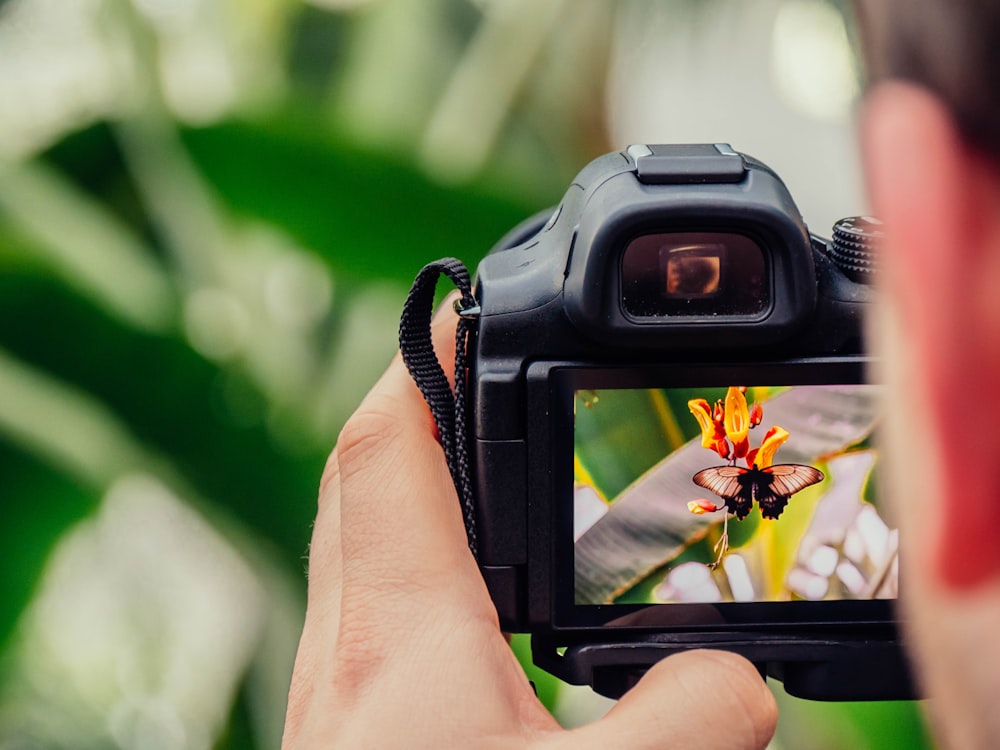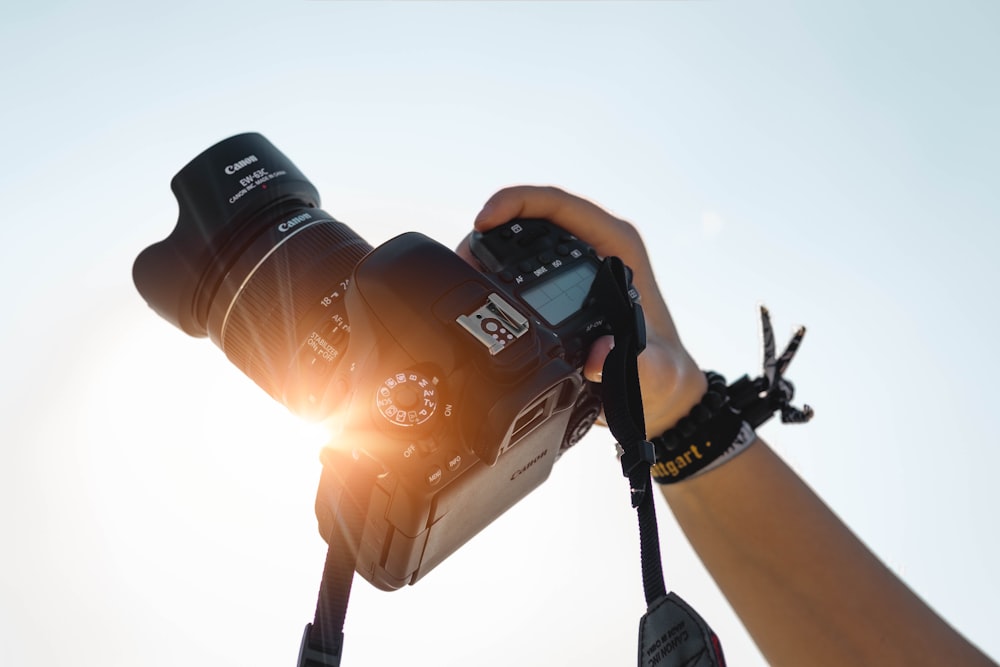Photography, far beyond being a hobby or profession, is a powerful medium of storytelling and expression. Mastering this art not only enriches personal experiences but also opens the doorway to new perspectives.
We’ll start with basic principles like understanding your camera and composition rules, then venture into various photography genres like portrait, landscape, and street photography. We’ll dive into the intricacies of post-processing and discuss the importance of developing your unique style.
Finally, we’ll address sharing your work, building an audience, and even monetizing your skills. Each segment aims to provide you with the knowledge and confidence needed to capture the world through your lens.
ABS Photography stands as a testament to the artistry and passion of capturing moments that last a lifetime. With a keen eye for detail and a commitment to excellence, ABS Photography transforms ordinary scenes into extraordinary memories. Specializing in various genres, including portraits, events, and commercial photography, our skilled photographers bring creativity and professionalism to every project. Whether you’re commemorating a special occasion or seeking captivating visual content for your brand, ABS Photography is dedicated to delivering stunning images that tell a story.
Understanding the Camera
Stepping into the world of photography first requires a fundamental understanding of the camera itself. There are a variety of camera types available today, each tailored to meet specific needs and shooting conditions.
Firstly, we have DSLR (Digital Single Lens Reflex) cameras. Known for their excellent image quality and speed, DSLRs have an internal mirror system, which allows you to see the exact scene you’ll capture through the viewfinder. These cameras offer the most control over settings and are excellent for a range of situations, from portraits to landscapes.
Mirrorless cameras, as the name suggests, lack the mirror system of DSLRs. They’re typically lighter and more compact, making them an excellent choice for on-the-go photography without compromising much on image quality. They offer similar control over settings as DSLRs, making them a favorite among professionals and enthusiasts alike.
Compact cameras, also known as point-and-shoot cameras, are perfect for everyday casual shooting. They’re small, easy to use, and offer automatic settings, making them great for beginners or those wanting to travel light.
Understanding the mechanics of your camera involves learning about ISO, shutter speed, and aperture the three pillars of photography.
- ISO measures the sensitivity of your camera’s sensor to light. A lower ISO (like ISO 100) means less sensitivity and is ideal for brightly lit scenes. A higher ISO (like ISO 800 or 1600) is more sensitive to light, useful in low-light situations, but can introduce noise or grain into your images.
- Shutter Speed is the length of time your camera’s shutter is open. Fast shutter speeds (like 1/500) freeze action, while slow shutter speeds (like 1/30 or several seconds) can blur motion.
- Aperture refers to the size of the lens opening through which light enters your camera. A wide aperture (represented by a smaller number like f/2.8) lets in more light and creates a shallow depth of field, blurring the background. A narrow aperture (larger number like f/16) lets in less light and keeps more of the scene in focus.
Composition Rules
Composition in photography is all about how elements within a scene are arranged in your frame. As many established photographers such as Daria Koso have said, “Good composition is the cornerstone of great photography”. Let’s look at some crucial composition rules:
Rule of Thirds: Imagine dividing your frame into nine equal blocks using two horizontal and two vertical lines. The rule of thirds suggests placing your key subject along these lines or at the intersections for a balanced and interesting composition.
Leading Lines: These are lines within an image that lead the eye to another point in the image, usually to the main subject. Roads, rivers, buildings, and fences can all work as leading lines.
Framing: This involves using natural frames like windows, arches, or overhanging branches to isolate your main subject. Framing can add depth and context to your image.
Balance and Symmetry: A balanced image often creates a feeling of calm and satisfaction, while a symmetrical image, where both halves of the photo mirror each other, can feel harmonious and pleasing to the eye.
Understanding Light
Light is the essential ingredient in photography. By understanding how to use light in photography to your advantage.
The Golden Hour: This refers to the period shortly after sunrise or before sunset, where the light is warmer and softer. It’s an ideal time for all kinds of photography, creating dramatic shadows and beautiful, diffused light.
Natural vs. Artificial Light: Natural light from the sun changes throughout the day, influencing the mood and outcome of your photos. On the other hand, artificial light such as lamps, overhead lights, or candles gives you more control over your photography, especially in indoor settings. Both have their unique attributes and understanding when to use each can dramatically improve your images.
Using Flash Effectively: While often avoided due to the harsh light it can produce, flash can be incredibly useful when used correctly. It can illuminate dark scenes, freeze fast action, or fill in shadows on a bright day. One common technique is to bounce the flash off a wall or ceiling to create a softer, more natural light.
By mastering these basics of photography, you set a strong foundation from which you can explore more complex techniques and styles. Understanding your camera, applying effective composition rules, and learning to control light will undoubtedly elevate your images.
Exploring Different Types of Photography
Portrait Photography
Portrait photography focuses on capturing the personality and emotions of a person or group of people. Here are some key points to consider.
Posing and expressions. The pose and expression of your subject can make or break your portrait. Take the time to guide your subject into a natural, comfortable pose that suits their personality. Pay close attention to their expressions, encouraging genuine emotion for a compelling portrait.
Good lighting is crucial. Soft, diffused lighting (such as light on an overcast day or light coming through a window) can be very flattering, minimizing harsh shadows and highlights. Experiment with different lighting setups to evoke different moods.
Candid portraits capture people in their natural state, often unaware of the camera. It requires a keen observation skill and a quick finger on the shutter button to capture these fleeting, authentic moments.
Landscape Photography
Landscape photography is all about capturing the beauty of nature. Here are some tips:
The best time for landscape photography is shortly after sunrise or before sunset—is often the best time for landscape photography. The light is soft, warm, and adds depth to the scene.
Use the rule of thirds, placing points of interest at the intersections. Use leading lines to guide the viewer’s eye through the image. Frame your shot to create a sense of depth.
Long exposure can create a sense of motion, blur moving clouds, or turn a rushing river into a smooth surface. You’ll need a tripod to keep your camera steady and may need neutral density filters to prevent overexposure during the day.
Macro Photography
Macro photography involves capturing small subjects and making them appear larger than life.
Equipment for macro photography. A dedicated macro lens is best, but extension tubes or close-up filters can also be used. A tripod can help keep the camera steady at close distances.
Use manual focus for precision, and a small aperture (large f-number) to increase the depth of field. Experiment with lighting, as small subjects can create interesting shadows.
Street Photography
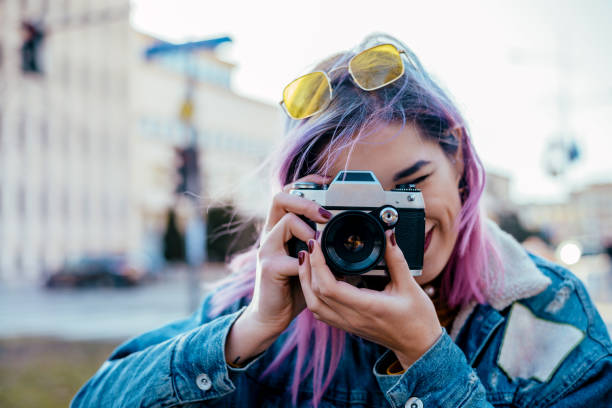
Street photography is about documenting everyday life and society, timing and observation. Look for compelling compositions, interesting light, and moments that capture the essence of the scene or convey a story.
Respect and ethics in street photography. It’s important to respect people’s privacy. If someone seems uncomfortable, avoid photographing them. Be aware of local laws regarding street photography and always approach your subjects with kindness and respect.
Published by HOLR Magazine.


